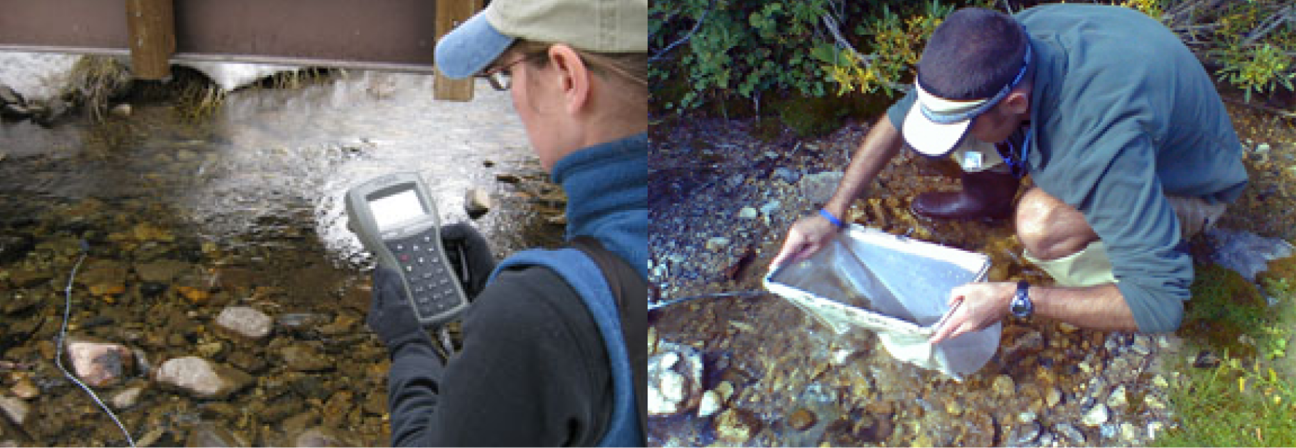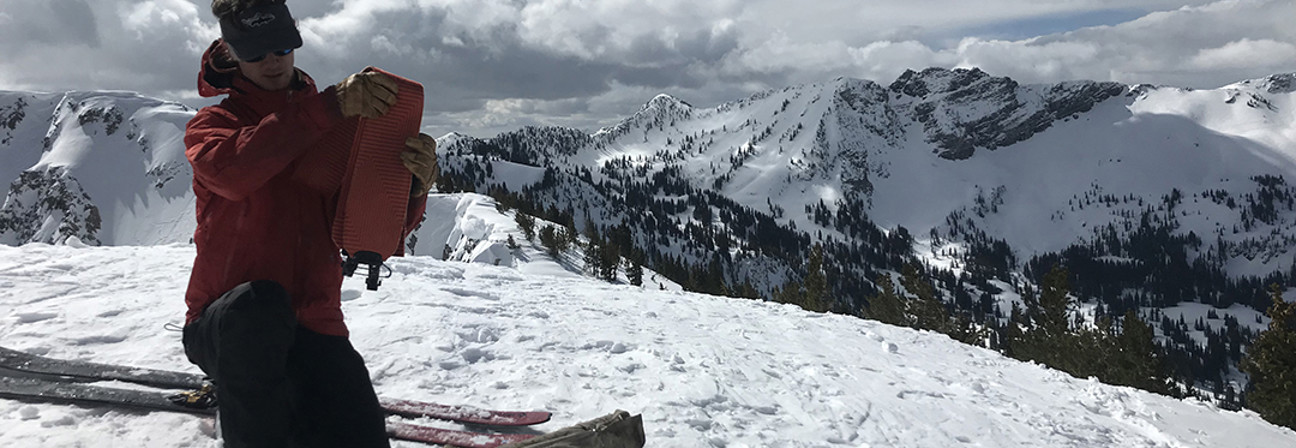Data
Reliable, high quality stream data is critical to understanding the overall health of a watershed. In particular, how development and other landscape-altering activities can impact stream health and natural stream functions.
Routine monitoring of Salt Lake County streams allows the Watershed Program to assess where watershed conditions appear to be changing, identify areas of concern, and guide stream restoration efforts.

